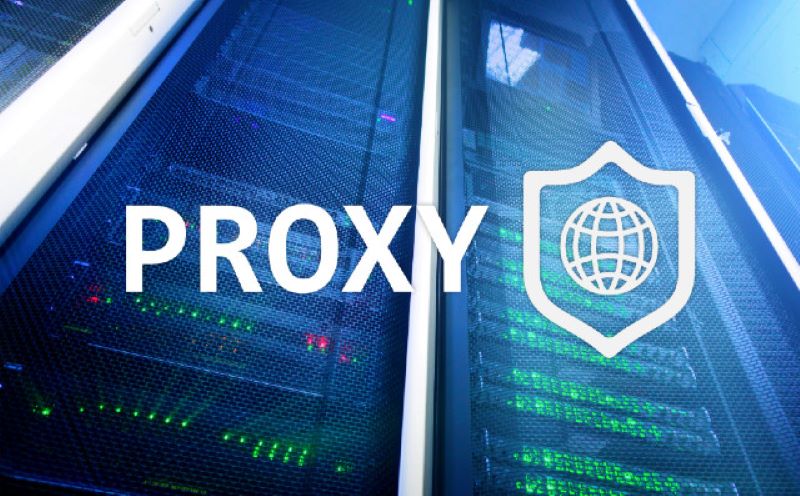Proxy incentives are essential tools for enhancing performance and achieving strategic goals across various sectors. In this exploration, we will delve into how proxy incentives can be utilized to maximize outcomes, evaluate practical strategies for their implementation, and address the potential challenges and opportunities they present.
Overview of Proxy Incentives
Definition
Proxy incentives are mechanisms designed to promote the behavior or decisions of stakeholders through the use of representatives or proxies. In many cases, they involve the use of rewards, benefits, or other motivators to achieve specific goals without requiring stakeholders to directly participate in specific activities. They are often applied in management, finance, and technology systems to optimize performance and outcomes.
For example, in the investment sector, fund managers may use proxy incentives to encourage investors to act in accordance with long-term goals. Or in blockchain technology, projects can use tokens or reward points to incentivize users to participate in the network and perform actions that benefit the system.
Purpose
The main purpose of proxy incentives is to enhance motivation and encourage desired behavior without requiring stakeholders to directly engage in the decision-making or action process. This helps organizations achieve their strategic goals more effectively.
- Optimize Performance: Proxy incentives help optimize performance by promoting behaviors or decisions that are beneficial to the organization or system without the need to manage every specific detail.
- Encourage Participation: In systems like blockchain, proxy incentives can encourage users to participate and contribute to the network, thereby enhancing the project’s growth and sustainability.
- Create Long-Term Motivation: Proxy incentive policies are often designed to create long-term motivation for stakeholders, helping them maintain commitment and achieve long-term goals.
The Impact of Proxy Incentives on Performance
Enhanced Effectiveness of Actions
Proxy incentives have a significant impact on performance by encouraging behaviors and decisions that benefit the organization or system. When stakeholders receive benefits or rewards based on their performance, they tend to focus more on achieving the set goals. For instance, in a corporate environment, using performance-based reward policies can increase employee productivity as they know that good performance will be recognized and rewarded accordingly.
Process and Cost Optimization
Utilizing proxy incentives helps optimize work processes and reduce costs. When stakeholders are encouraged to take beneficial actions, this can lead to process optimization and more efficient resource utilization. For example, in financial management systems, incentivizing investors to make smart investment decisions through proxy incentive mechanisms can help minimize risks and optimize profits.
Encouraging Innovation and Creativity
Proxy incentives can foster innovation and creativity by encouraging individuals or groups to come up with new ideas and improvements. When stakeholders receive rewards or benefits for developing innovative solutions, they are more likely to invest time and effort in creating improvements, thereby enhancing the overall system’s performance. For example, in the technology industry, projects often use reward policies to encourage developers to contribute new features or solutions.
Increased Participation and Commitment
Proxy incentives also have a positive impact on stakeholder participation and commitment. When individuals feel that they will be compensated or receive benefits for engaging in valuable activities, they tend to become more active and committed to the organization’s or system’s goals. This not only improves performance but also helps build a positive and motivating work environment.
In reality, proxy incentives have a considerable impact on performance by encouraging beneficial behavior, optimizing processes and costs, fostering innovation and creativity, and enhancing participation and commitment. Effectively implementing proxy incentive policies can bring significant benefits to organizations and systems in achieving strategic goals and improving overall performance.
Strategies for Optimizing Proxy Incentives
Define Clear Objectives
Defining clear objectives is the first and crucial step in optimizing proxy incentives. Objectives need to be specific, measurable, and aligned with the strategic goals of the organization or project.
- Identify Strategic Goals: Goals may include improving performance, encouraging participation, or enhancing customer satisfaction. For example, a company might set a goal to increase sales by incentivizing the sales team through performance rewards.
- Establish Measurable Metrics: To measure the success of proxy incentives, specific metrics should be established, such as goal completion rates, participation levels, and other performance indicators.
Analyze and Evaluate Options
After defining objectives, the next step is to analyze and evaluate options for proxy incentives. This involves exploring the types of incentive mechanisms that can be applied and selecting the most suitable options for the goals.
- Research Incentive Mechanisms: These mechanisms can include cash rewards, bonus points, or other benefits. It’s necessary to evaluate these options based on cost-effectiveness, feasibility, and potential impact on stakeholders.
- Compare Effectiveness: Compare the options based on their ability to achieve goals, level of encouragement, and feedback from stakeholders. This helps select the proxy incentives that can yield the best results.
Implement Optimal Measures
Implementing optimal measures is the final stage, where the selected options are put into practice.
- Develop an Implementation Plan: Create a detailed plan for implementing the proxy incentives, including specific steps, timelines, and necessary resources.
- Monitor and Evaluate: After implementation, continuously monitor and evaluate the effectiveness of the proxy incentive measures. Use the predefined metrics to assess the impact and make adjustments as needed to optimize results.
- Continuous Improvement: Based on feedback and evaluation results, implement necessary improvements to ensure proxy incentives continue to deliver optimal outcomes.
In general, optimizing proxy incentives requires a rigorous process that includes defining clear objectives, analyzing and evaluating options, and implementing optimal measures. By effectively executing these steps, organizations can achieve their strategic goals and improve overall performance.
Optimizing benefits with proxy incentives is a powerful strategy for enhancing performance and achieving strategic goals. By clearly defining objectives, carefully analyzing available options, and implementing effective measures, organizations can significantly improve their outcomes. As highlighted by Blockchainbulletinweekly, the thoughtful application of proxy incentives not only drives efficiency and engagement but also positions organizations for long-term success and innovation.



